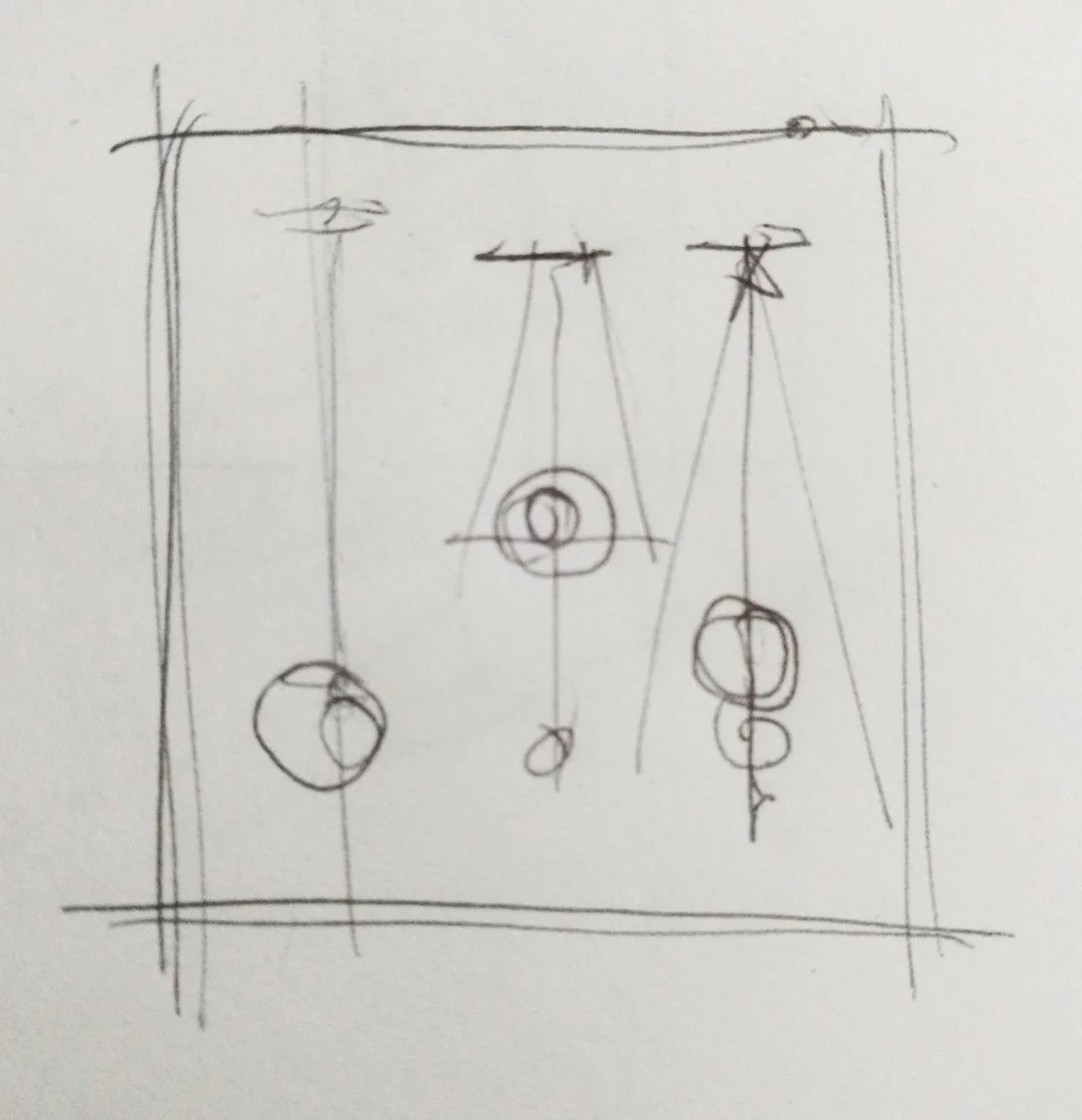In this mechanism, the coupled wings and center fold move equal distance in opposite directions with each oscillation. It would be promising to explore this with the pendulum mounted on a ball bearing.
Butterfly-Test-A from Christopher Miller on Vimeo.
Fewer moving parts are the appeal here. In the previous version, the pendulum is coupled to the wing cams by a bar hinged at both ends. In this version, the pendulum is pinned directly to the wing levers the wings. The drawback may be that the pendulum's motion is less evident from the front, it's line of action being perpendicular to the face of the butterfly, Also note that the butterfly's center fold is stationary here, leaving only the wings to move.
Butterfly-Test-B from Christopher Miller on Vimeo.
This variation of Butterfy-Test-A uses a flexible rod as the pendulum's arm. It's swing is limited by the wooden block through which the axle runs, and it's velocity ramps up and down pretty dramatically the spring rebounds. That motion is reminiscent of an clock's escapement mechanism, but we could also get similar effects from a free-swinging pendulum by moving the butterflies wing connections closer to the center fold.




































